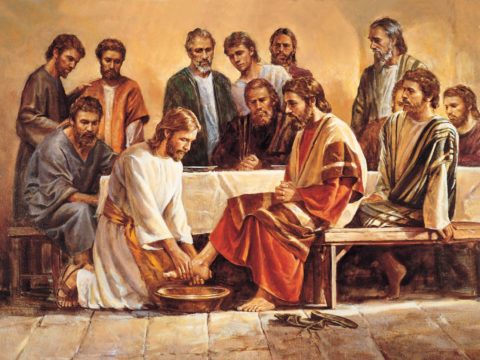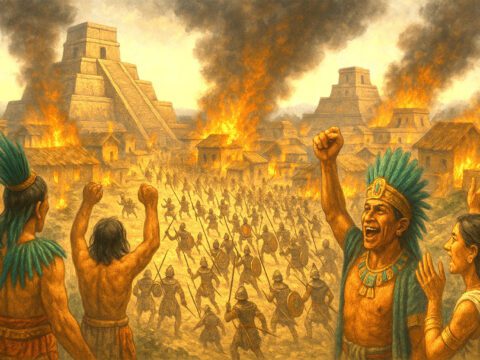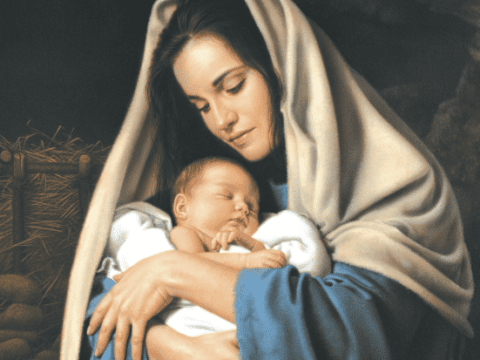One of the more novel arguments I’ve seen against the Book of Mormon was the graduate work of Kyle Beshears, “Davidic References in the Book of Mormon as Evidence Against its Historicity,” who argued that the Book of Mormon was obviously not from an ancient Hebraic group because it gave so little attention to King David. It didn’t praise him as a role model and even criticized him. It didn’t evaluate the goodness of kings by comparison to David. And it hardly mentioned the great king at all — giving us a book very much unlike much of the Bible.
I dealt with Beshears’ arguments in detail in my article for The Interpreter, “Too Little or Too Much Like the Bible? A Novel Critique of the Book of Mormon Involving David and the Psalms.” One of my peripheral arguments there is that the David-centric aspects of the Old Testament reflect views from the Kingdom of Judah, which may not have been shared by those with roots in the Northern Kingdom such as Lehi.
Now a new publication in The Interpreter by Dr. Richley Crapo adds a new dimension to understanding the Northern Kingdom influence in the Book of Mormon. In “Lehi, Joseph, and the Kingdom of Israel,” Dr. Crapo offers some significant new perspectives that greatly contribute to Book of Mormon scholarship. Here’s the abstract:
I present evidence of two priesthoods in the Jewish Bible: an Aaronite priesthood, held by Aaron and passed down through his descendants; and a higher Mushite priesthood, held not only by Moses and his descendants but also by other worthy individuals, such as Joshua, an Ephraimite. The Mushite priests were centered in Shiloh, where Joshua settled the Ark of the Covenant, while the Aaronites became dominant in the Jerusalem temple. Like Joshua, the prophet Lehi, a descendant of the northern tribe of Manasseh, held the higher priesthood. His ministry, as recounted in the Book of Mormon, demonstrates four characteristics that show a clear connection to his ancestors’ origins in the northern Kingdom of Israel: (1) revelation through prophetic dreams, (2) the ministry of angels, (3) imagery of the Tree of Life, and (4) a positive attitude toward the Nehushtan tradition. These traits are precisely those which scholarship, based on the Documentary Hypothesis, attributes to texts in the Hebrew Bible that originated in the northern Kingdom of Israel rather than in Judah.
Dr. Crapo draws upon advances in understanding Biblical origins, including the Documentary Hypothesis, and the important of specific themes found in the northern Elohist text, and find the Book of Mormon to be surprisingly comfortable as an ancient text with Northern Kingdom/Elohist ties. Some of the subtle details are truly worth noting. His analysis related to the two priesthoods found in antiquity may be especially interesting, with implications beyond the Book of Mormon alone. Outstanding work!











